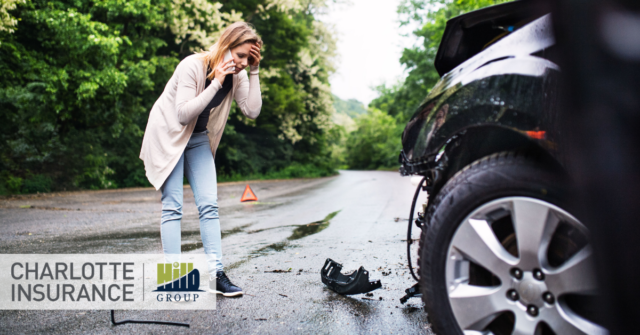The common term of “full coverage” for auto insurance is extremely misleading. All it takes is one too-big auto accident to learn that some aspects of the accident aren’t as well covered as you thought, and only part of it will be paid for.
Here’s why “full coverage” is a misnomer and what you can do to better protect yourself while behind the wheel.
Understand Your Coverage Limits
The one thing that prevents “full coverage” from living up to its name is because of how auto insurance is structured. There’s no single auto policy that covers everything. In reality “full coverage” is multiple policies grouped together to offer the most protection possible. And each of those policies has their own policy limits. All it takes is one bad accident to reach those limits and realize you have to pay out of pocket for the rest.
The best way to provide the most protection is to look at your policy limits and increase them to make sure that you’ve got enough coverage. For added liability protection, an umbrella policy can give you even more coverage for a very affordable price. Contact us today to find out exactly what your policy limits are and to request a quote for more coverage. Don’t reject increasing your limits because you think it’ll be too expensive. Get the facts and then make a decision.
Make Sure You Have the Right Kind of Coverage
Most people think of “full coverage” as liability, comprehensive, and collision. In fact, to come close to genuinely “full” coverage, you need more than that. Here’s what an ideal auto insurance policy will include:
Liability: Your coverage should be well above the minimum requirements for the state, whether you live in North Carolina or South Carolina. A better policy will provide at least $250,000/$500,000 for bodily injury and $100,000 for property damage.
Comprehensive and Collision: This coverage protects you whether you hit a light pole or get hit by a deer on the highway. Check your policy limits at least once a year and increase your limits to ensure that you’ve got enough coverage.
Uninsured/Underinsured Motorist: This protects you if you’re in an accident, and the other person is at fault, but doesn’t have enough auto insurance. An ideal amount is a policy limit that matches your liability coverage.
Medical Payments/Personal Injury Protection: No matter who’s at fault in an accident, you deserve to have your medical bills, and those of your passengers, covered after an accident. This makes sure you don’t get hit with a scary financial surprise while you’re recovering from injuries. Try to match your own liability limit if you can.
Rental Reimbursement/Roadside Coverage: Some auto insurers include one or the other (or both) when you purchase comprehensive and collision coverage together. If not, it’s worth paying for as it will save you rental and towing costs after an accident.
Umbrella Insurance: As we mentioned before, umbrella insurance provides an extra layer of protection (like an, ahem, umbrella in the rain) after an accident. This is additional liability coverage that helps out if an auto accident is so big you exceed your liability policy limits. The good news is that a $500,000 or higher policy is extremely affordable compared to your auto insurance. It allows you to truly breathe easy and know you’ve got the fullest coverage possible.
Want to make sure you really do have “full coverage” for your auto insurance? Contact Charlotte Insurance today. We’ll be happy to discuss your current policy limits and get you free quotes for higher limits and better coverage.

